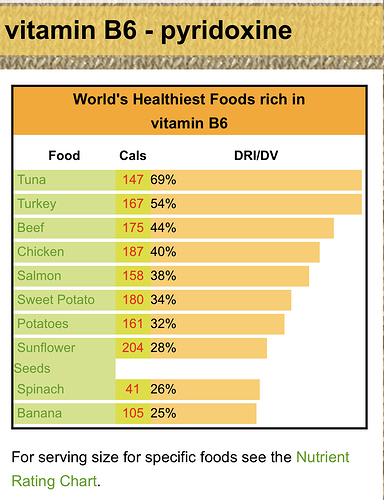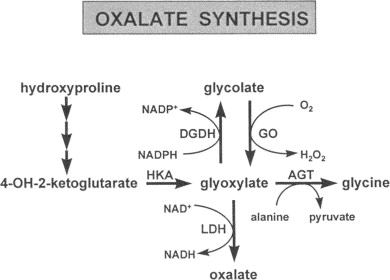I’ve been a member of TLO trying low oxalate since 2017, it’s a great community. I had no idea I had issues with oxalates until I started a pretty drastic elimination diet trying to figure out my food sensitivities. I started to feel sick, was running a fever and developed a pretty bad UTI. I must have typed the correct search terms into my browser since it showed me info on oxalates and dumping. I started talking D-Mannose and increased my oxalates right away, and in a couple more days I was much better.
The lesson I learned was that some people that eat a high oxalate diet, they can’t just stop eating oxalates abruptly. They have to lower their oxalate levels gradually over time. That was me. I ended up going on a low oxalate diet for two years, and trying to heal. I’m now eating low/moderate oxalates and I avoid the really high oxalate foods like spinach. It’s easy to avoid high oxalates on keto since many of the high oxalate foods are not keto foods (sweet potatoes, carrots, beets, grains). The amount of nuts that one can eat on keto and still be under 20 g of carbs is very little.
To lower your oxalate intake, look up on line a list of oxalate levels in foods. See what foods you are eating that contain oxalates, and you can count or ball park oxalate levels, making sure you have a similar level of oxalates daily, then lower them slowly each week until you are at low or no oxalates. I think most meats are low in oxalates but the liver is high in oxalates.



